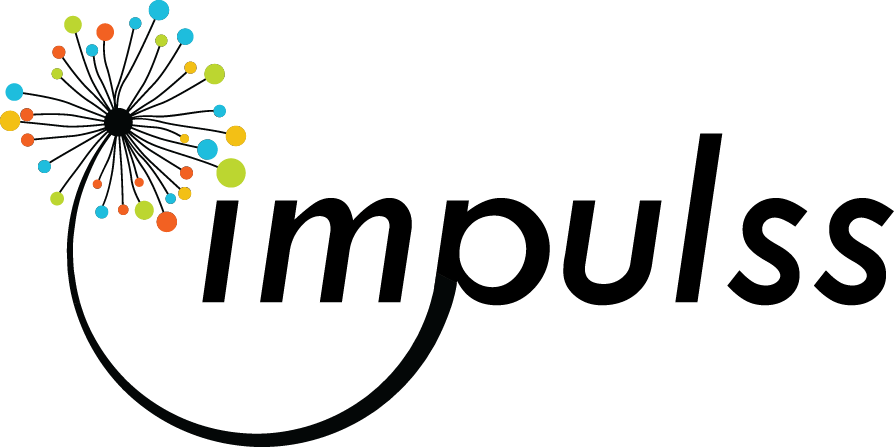Transcranial micropolarisation (TCMP)
The essence of transcranial micropolarisation is the development of potential in the desired area of the brain. This happens only when this specific zone is involved. The principle of the method is simple: the more active stimulus is, the better. Therefore, we began to conduct micropolarisation treatment during sports activities, exercise therapy, and studies of the functional development of the cerebellum. Our task is to bring the efficiency of the brain to its maximum!
Therapeutic effects of direct electric current on brain cells.
Does your child need this?
TCMP is one of the most promising and rapidly developing methods of treatment and rehabilitation in developed countries. By the number of publications in scientific journals, it will give odds to any method not requiring pharmaceutical treatment. Active use in pediatric practice began in 2012. At that time the implementation of the program started in the Prognoz medical centers. Until that time, scientists at research centers around the world have done a great job, which includes evidence of the safety and effectiveness of the method. At the moment, an extensive database has been formed that allows the method to be used in the treatment of children with an extremely wide range of pathologies. The employees of our center daily monitor the latest publications and actively use this information in the preparation of treatment protocols.
The list of diseases in which the technique is successfully used: cerebral palsy (ICP), autism spectrum disorder (ASD), epilepsy, motor/sensory alalia, tic disorders, attention deficit hyperactivity disorder (ADHD), asthenoneurotic syndrome and many other disorders. The TCMP method is also used for adults.
What problem does this solve?
In many children, the function of certain structures of the brain and cerebellum is disordered, and it is quite difficult, and often just impossible, to influence it with medication. The TCMP method allows acting locally on precisely those structures whose functions are defective. A constant electric current of minimum strength helps to improve the functioning of neurons and to create new connections between them. On the contrary, if a child has a certain overexcited zone (in case of focal epilepsy or in children with an autism spectrum disorder), then this area can be calmed down using this technique, which will positively affect the clinical implications of the disease.
How is it carried out?
A special cap with wires is put on the child’s head. The space under the electrodes is humidified. During the procedure, the child does not experience any discomfort and is busy watching the cartoons.
What are the results?
This method began to be actively used in the last decade. Numerous foreign studies have now been carried out, confirming the effectiveness of TCMP.
The most promising is the integrated approach to carrying out these procedures, based on the application of the most modern knowledge. It is precisely this method that is used in the Impulse Center, providing clinical success and minimizing the number of side effects.
The use of TCMP technique significantly increases the effectiveness of any rehabilitation program. In particular, for children with autism spectrum disorders, combination of TCMP and audio stimulation according to the Alfred Tomatis method is especially effective, since it allows not only to enhance the therapeutic effect, but also to avoid side effects such as overexcitation of the child.
How many treatment sessions are needed?
For the successful application of this technique, regularity is crucial. As a rule, the doctor prescribes from 10 to 15 sessions of 20-30 minutes, which are carried out daily. A one day break is allowed during the course.

